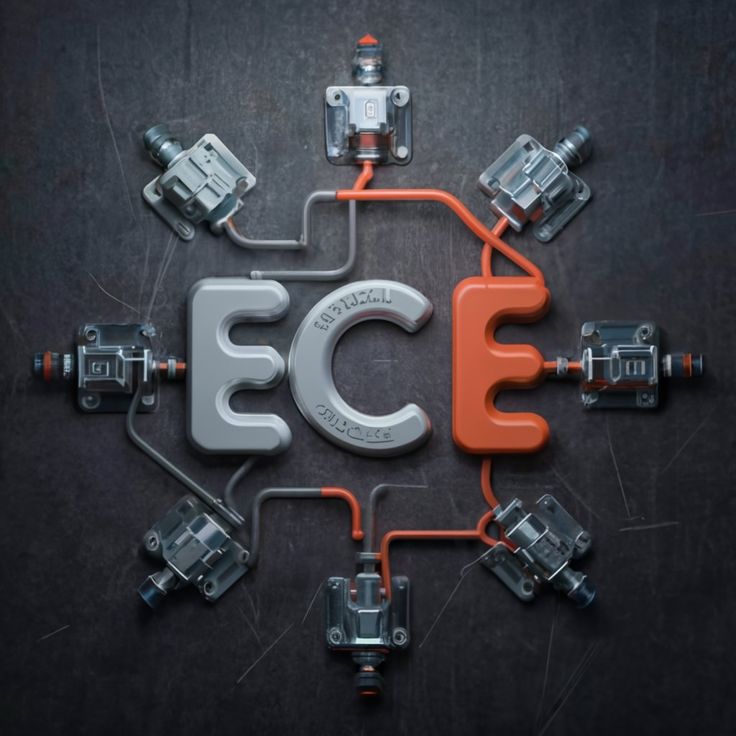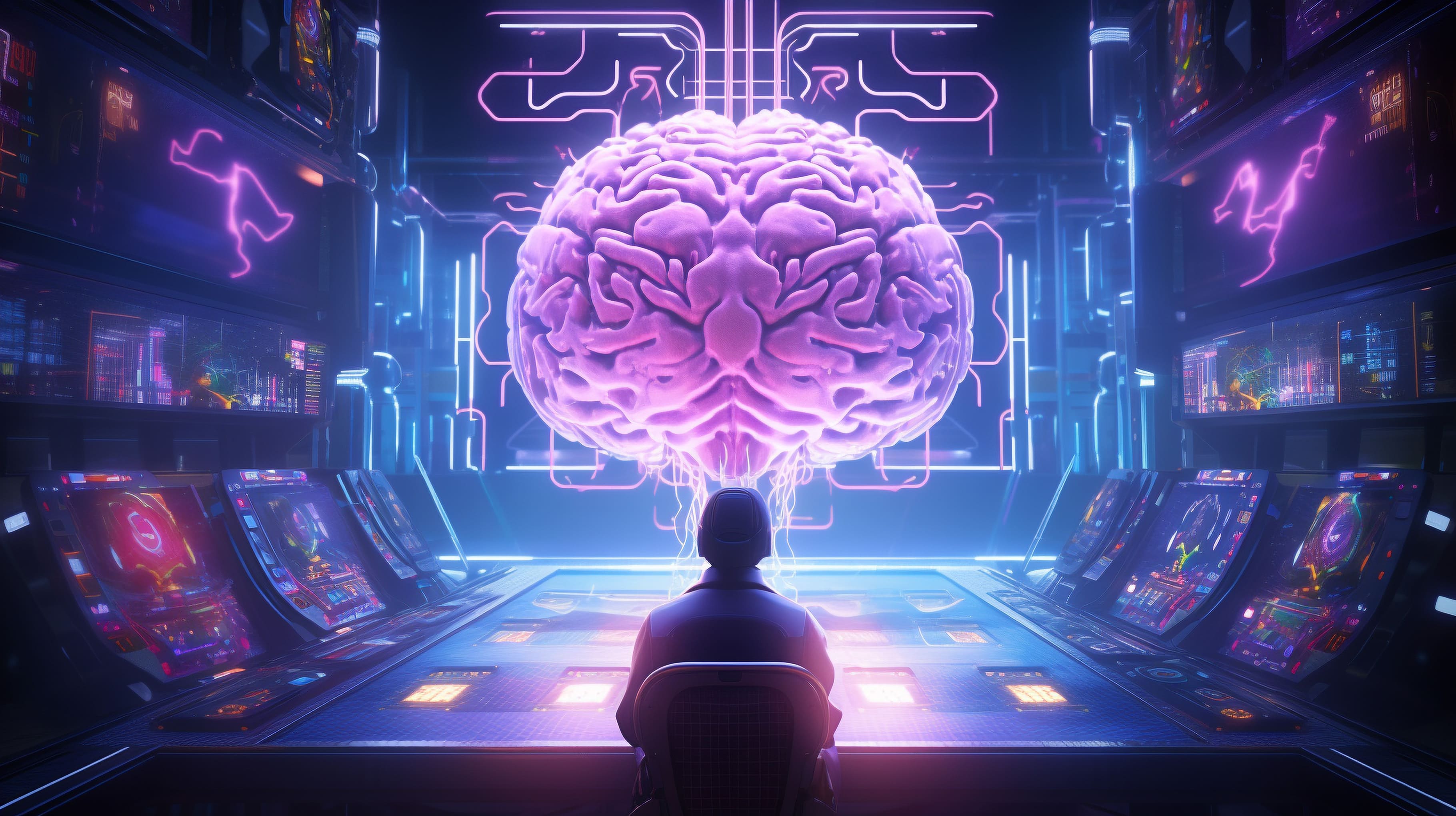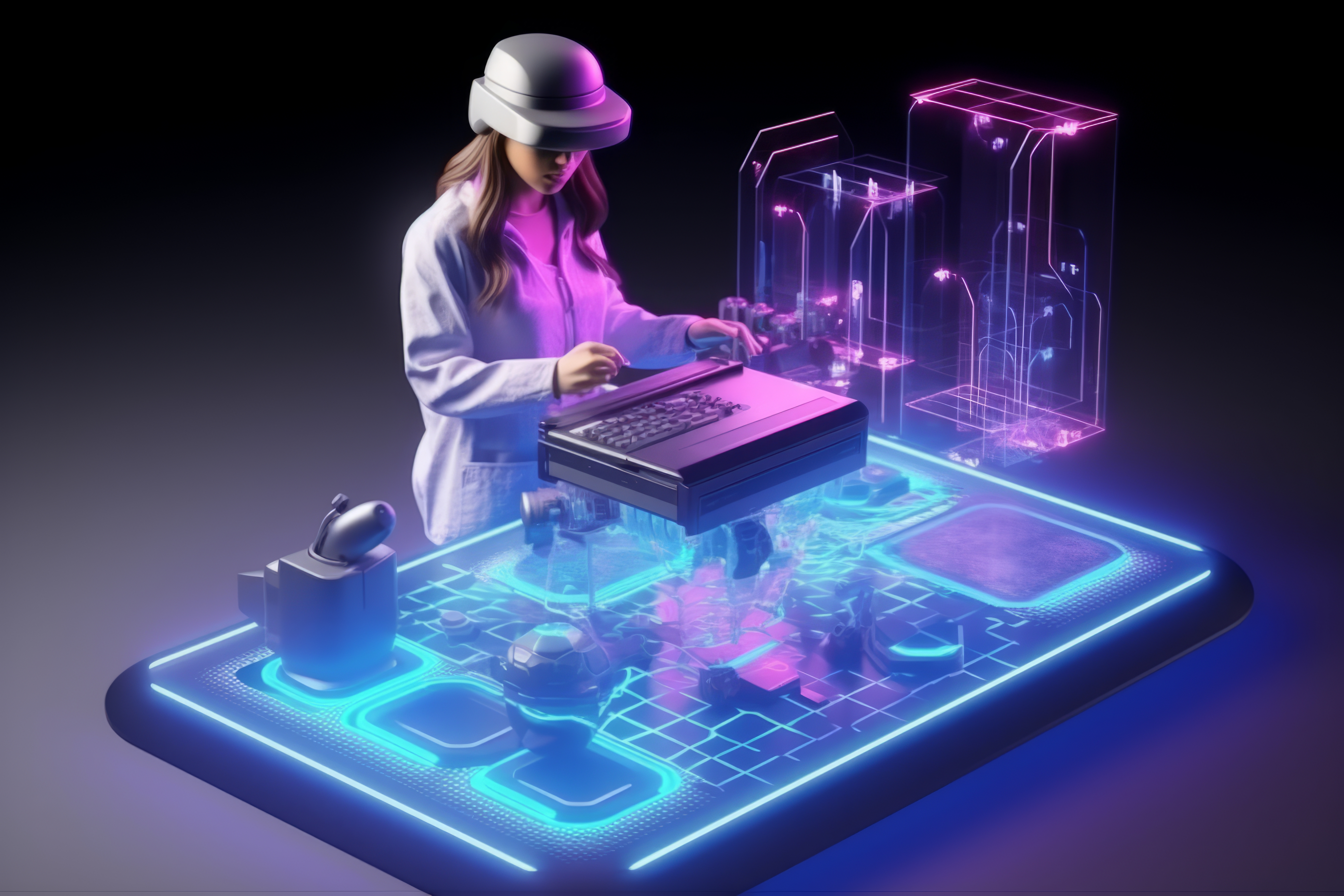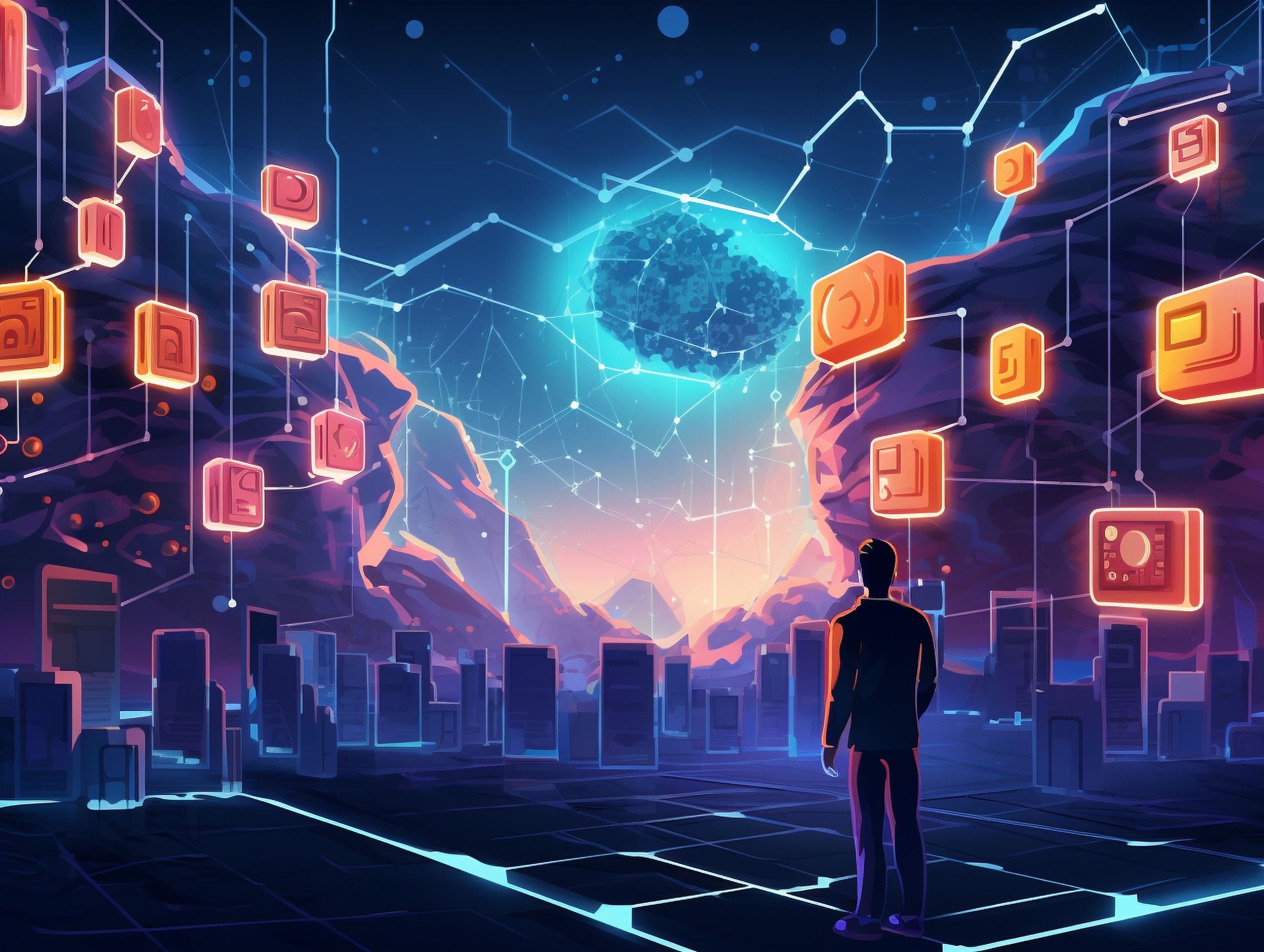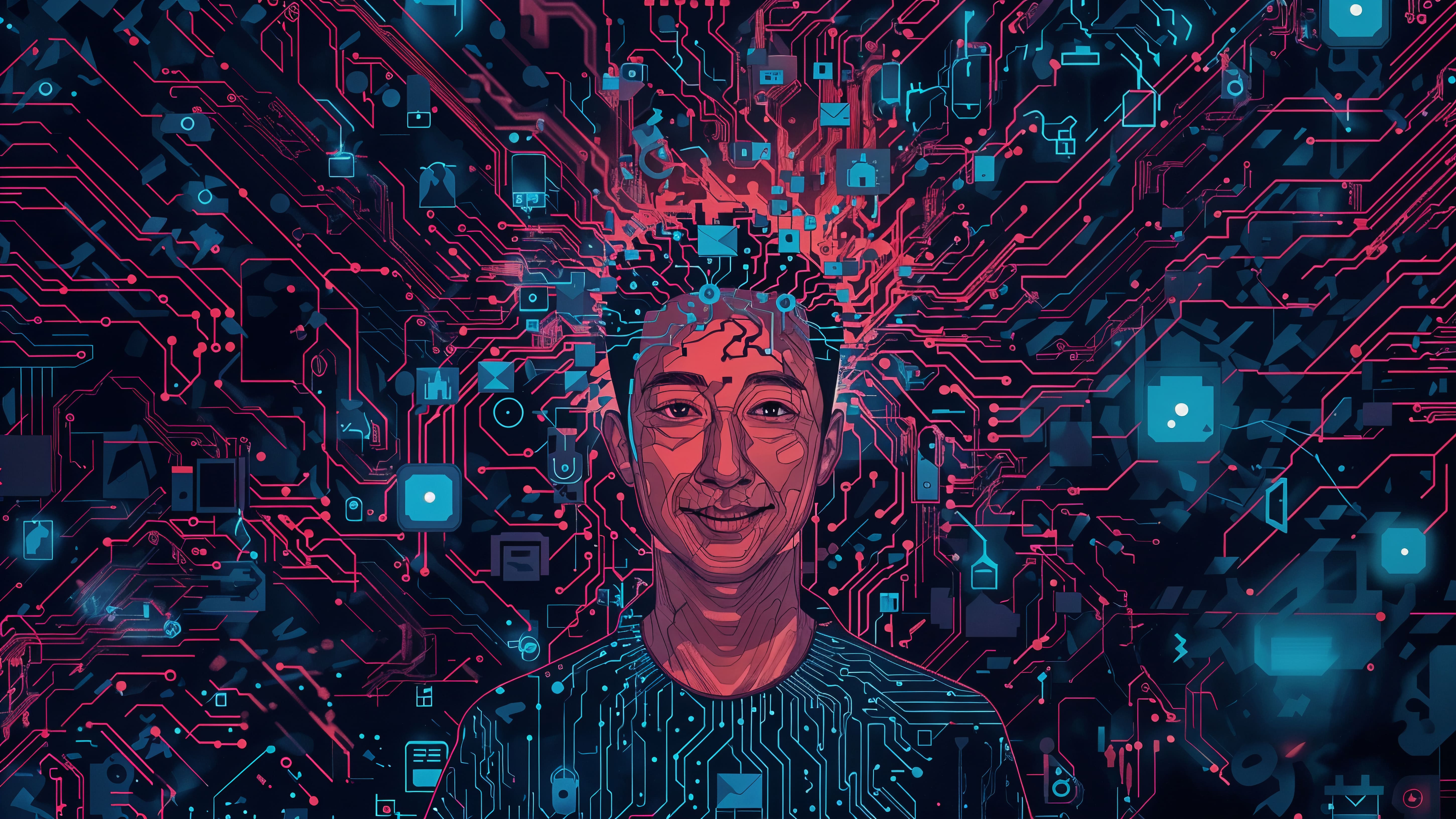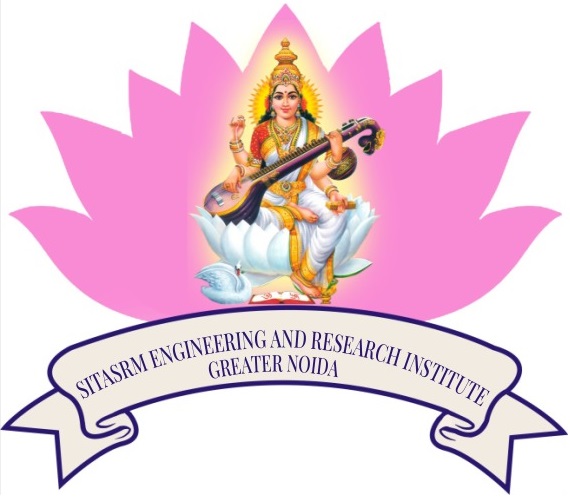 SITASRM ENGINEERING & RESEARCH INSTITUTE
SITASRM ENGINEERING & RESEARCH INSTITUTE
 SITASRM ENGINEERING
SITASRM ENGINEERING & RESEARCH INSTITUTE

SITASRM ENGINEERING & RESEARCH INSTITUTE
Menu
Cloud Computing for Beginners: B.Tech Guide to a Trillion-Dollar Industry
Introduction
Imagine a world where the global cloud computing market isn't just a billion-dollar industry, but a multi-trillion-dollar powerhouse. By 2030, this market is projected to skyrocket to over $2.39 trillion, with a significant portion driven by the relentless integration of AI and IoT, fundamentally reshaping industries from healthcare to finance. As a B.Tech student, are you prepared to navigate this incredibly expansive and technologically advanced landscape, where innovation is cloud-native? This guide is your crucial starting point into the transformative world of cloud computing for beginners, designed to answer all your fundamental questions about this revolutionary technology.
What is Cloud Computing?
At its heart, cloud computing is about accessing computing services over the internet, rather than owning and maintaining your own physical hardware and software. Think of it like a utility service, similar to how you get electricity or water. Instead of setting up your own power plant, you simply plug in and pay for what you use. In the cloud, you "rent" resources like servers, storage, databases, networking, software applications, analytics tools, and even advanced intelligence features from a third-party provider. These providers (like Amazon Web Services - AWS, Microsoft Azure, or Google Cloud Platform - GCP) manage the underlying infrastructure. This on-demand access to resources is the defining characteristic of cloud computing for beginners. It provides immense flexibility and scalability, allowing users to adapt their computing resources rapidly to changing demands.
Why is Cloud Computing So Important for B.Tech Students?
The rapid acceleration of cloud adoption signifies a monumental shift in the IT landscape. For B.Tech students, understanding cloud computing for beginners is no longer optional; it's a critical skill for future career success.
- Immense Job Opportunities: The demand for cloud-skilled professionals—cloud architects, developers, engineers, and administrators—is booming. Industries are rapidly migrating to the cloud, creating a massive skills gap that you can fill. Our curriculum at SITASRM Engineering and Research Institute (SERI) often integrates these concepts to prepare you for this demand.
- Foundation for Emerging Tech: Cloud provides the scalable infrastructure for cutting-edge technologies like Artificial Intelligence (AI), Machine Learning (ML), Big Data analytics, and the Internet of Things (IoT). If you plan to work with these fields, a strong grasp of B.Tech Cloud Basics is indispensable. At SERI, our specialized B.Tech programs in CSE (AI & ML) and CSE & IT heavily leverage cloud principles to train future innovators.
- Scalability and Agility: Learn how businesses can quickly scale their operations up or down based on demand, without massive upfront investments. This agility allows for faster innovation and quicker deployment of new applications, a concept crucial for modern software development.
- Cost Efficiency: Understand how cloud computing can reduce operational costs by eliminating the need for expensive hardware purchases, maintenance, and power consumption. You pay only for the resources you consume, which makes it highly attractive for businesses of all sizes.
How Does Cloud Computing Work?
The magic behind cloud computing lies in a concept called virtualization.
Cloud providers build massive data centers filled with thousands of powerful physical servers. Virtualization software then allows these physical servers to be divided into multiple isolated "virtual" servers. Each virtual server behaves like a completely independent machine, with its own operating system and applications. This allows multiple "virtual" machines to run on a single physical machine, maximizing hardware utilization.
When you request a cloud service, you're provisioned with these virtual resources. Your data and applications run on these virtual machines, storage systems, and networks, all managed by the cloud provider. You access these resources remotely over the internet. This abstraction means you don't need to know the exact physical location or hardware specifications; you simply consume the service. This ability to abstract away hardware complexities is a key benefit when you learn cloud technology, allowing you to focus on application development and deployment rather than infrastructure management.
What are the Different Cloud Service Models?
To effectively utilize the cloud, it's crucial to understand the three primary service models, often visualized as a "stack":
- Infrastructure as a Service (IaaS): This is the most basic layer of cloud services. Providers offer fundamental computing infrastructure resources like virtual machines (VMs), storage (like virtual hard drives), networks, and operating systems. You, as the user, have control over the operating system, applications, and middleware, but the cloud provider manages the virtualization, servers, networking, and storage. Think of it like renting the foundational space (land, building, basic utilities) for a business; you then build and furnish it yourself. This is where most cloud computing fundamentals begin, giving you the raw computing power. Examples: Amazon EC2, Azure Virtual Machines.
- Platform as a Service (PaaS): PaaS offers a complete development and deployment environment in the cloud. It includes the infrastructure (IaaS) plus middleware, development tools, database management systems, and business intelligence (BI) services. Users can deploy and manage their applications without worrying about the underlying infrastructure or platform software maintenance. It's like renting a furnished apartment; you just move in your clothes and start living. Examples: AWS Elastic Beanstalk, Google App Engine, Azure App Service.
- Software as a Service (SaaS): This is the most comprehensive service model. The cloud provider hosts and manages the entire application and its underlying infrastructure, and makes it available to users over the internet. You simply access and use the software, typically through a web browser or a mobile app. You don't manage any infrastructure, platform, or even the application code itself (beyond user-level configuration). It's like a fully catered meal at a restaurant; you just sit down and enjoy. Examples: Gmail, Salesforce, Microsoft 365, Netflix.
Who Uses Cloud Computing?
The reach of cloud computing is incredibly broad, touching nearly every industry and organization size:
- Startups: Small companies leverage the cloud to quickly launch products and scale without large upfront IT investments, allowing them to compete with larger players.
- Large Enterprises: Multinational corporations use the cloud for everything from massive data storage and analytics to running mission-critical applications and supporting global operations, providing unprecedented agility.
- Government & Public Sector: Governments utilize cloud for secure data storage, citizen services, and powerful data processing, enhancing public service delivery.
- Healthcare: Cloud supports telemedicine, secure patient data management, and complex genomic analysis, accelerating medical research and care.
- Media & Entertainment: Services like Netflix heavily rely on cloud infrastructure for content delivery, massive data storage, and personalized recommendations.
- Financial Services: Banks and financial institutions increasingly use the cloud for secure transactions, fraud detection (often leveraging AI/ML in the cloud), and real-time risk analysis.
For B.Tech Cloud Basics, understanding these diverse applications helps illustrate the versatility and power of cloud technology across various domains.
Where Can You Learn More and Gain Experience?
The best way to solidify your understanding of cloud computing for beginners is through hands-on practice and structured learning.
SITASRM Engineering and Research Institute (SERI)
As a B.Tech student at SERI, you are already at an institute that recognizes the importance of modern IT skills. Our B.Tech programs in Computer Science & Information Technology (CS & IT) specifically delve into essential IT domains such as cloud computing and cybersecurity. Our curriculum is designed to bridge the gap between core computing principles and modern IT solutions, equipping you to design, implement, and manage robust IT infrastructure. This integrated approach ensures you gain foundational and applied knowledge directly relevant to cloud technologies.
- Structured Education: As our skilled student, your academic program is your primary resource. Look for programs that integrate modern IT skills into their curriculum, such as those in Computer Science & Information Technology. A strong curriculum should be designed to bridge the gap between core computing principles and modern solutions, equipping you to design, implement, and manage robust IT infrastructure. This integrated approach ensures you gain both foundational and applied knowledge directly relevant to cloud technologies.
- Hands-on Practice: Practical experience is invaluable for truly grasping cloud computing fundamentals. Take advantage of the free tiers and programs offered by major cloud providers to build small projects. This allows you to experiment with different services and see how they work in a real-world context without any cost.
- Certifications: Pursuing industry-recognized certifications can validate your knowledge and significantly enhance your resume. These certifications demonstrate your commitment to a specific set of cloud skills and can provide a clear pathway for professional development.
When Should You Start Learning?
The optimal time to dive into cloud computing for beginners is right now. The industry is evolving at an unprecedented pace, driven by demand for scalability, AI integration, and cost efficiency. Early exposure and consistent learning will give you a significant competitive edge in your career. Start with basic concepts, get hands-on with a free tier account from a major provider, and gradually build up your skills. The future of technology is undeniably in the cloud, and being prepared means starting today.
Blog Summary
This guide highlighted cloud computing as a transformative force, with worthwhile future possibilities. We explored its core concept: renting computing services over the internet for on-demand access. Cloud computing for beginners is crucial for vast job opportunities and emerging tech. We detailed how it works via virtualization and explained the IaaS, PaaS, and SaaS service models. From startups to global enterprises, cloud adoption is ubiquitous. We emphasized practical learning avenues, including our robust programs at SERI, encouraging immediate engagement to secure your future in this ever-expanding technological landscape.














